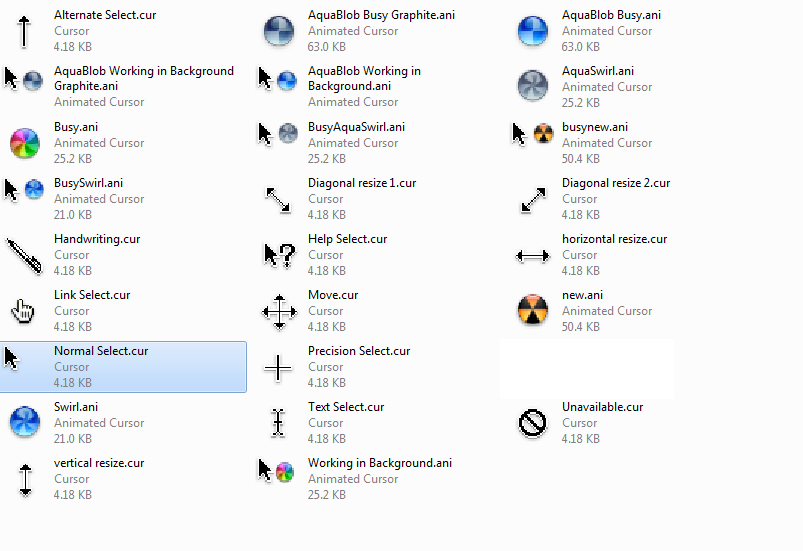

CURSOR IN WORD FOR MAC INSTALL
(period) to drop it.īy far the best option for controlling your mouse is Mouse Keys since you don’t have to install anything and it pretty much lets you fully control the mouse. You can also drag and drop items by first moving the mouse cursor over the item and then pressing 0 to start the drag and. To double-click on something, you have to select the left mouse button (/) and then press the + (plus) sign. Then press 5 to either click or right-click depending on which button you chose. In order to click on something, you first press /, –, or * to select the appropriate button on the mouse. You should now be able to move the cursor around with just the keyboard. Here are the controls, provided that you have a numeric keypad, to run Mouse Keys. If Mouse Keys is being used, you should see a small little mouse icon in the system tray, otherwise it will have a red X over the mouse. By default, Mouse Keys will work only when NUM LOCK is On. The other main setting to note is under Other Settings. You can adjust the pointer speed if you find it too slow or fast and you can also check a box to use CTRL and SHIFT to make the cursor move faster or slower, respectively. Note that you have to use the left SHIFT key as the right one will not work.Ĭlick on Set up Mouse Keys to configure all the options and settings. You can also enable Mouse Keys without having to go through the Control Panel by pressing ALT + Left SHIFT + NUM LOCK at the same time. Towards the bottom under Explore all settings, you will see a link called Make the mouse easier to use. To enable Mouse Keys in Windows, open the Control Panel and click on Ease of Access. On laptops, you will probably have to enable Num Lock or press and hold the function key before pressing the numbers. On desktops, you will use the keypad at the far right of the keyboard. It even allow you to simulate a right-click, double-click and left-click.
CURSOR IN WORD FOR MAC WINDOWS
Thankfully, there is a feature built into Windows called Mouse Keys that allow you to use the numeric keypad on your keyboard to move your mouse around the screen. Now that you can navigate around a bit, let’s talk about controlling the mouse with the keyboard. You can then use the arrow keys to move around. If you keep pressing tab, it will move you to the items pinned to the taskbar and then finally over to the notification area before going back to the desktop icons. It seems to be an issue with documents I've got from elsewhere, quite possibly from other operating systems.For example, when you’re on the desktop, pressing TAB will move you to the Start button where you can then press Spacebar or Enter to open the Start Menu. It doesn't appear to be a problem on documents created locally. This helps a little in my frustration, but the behavior really needs fixed. I've since changed the blink rate to 200ms via changing the default in Word's plist file. I think that it stays in whichever state it was last in, which 50% of the time is invisible. As I write this post and keep going back to word I'm noticing that it seems erratic as to what behavior it's acting.


This makes it painfully difficult to edit text without using the mouse. However, in Word 2011 I'm constantly frustrated because the cursor disappears, or defaults to the invisible state of the flashing sequence, while I'm typing or moving it. It then goes to the flashing sequence once you stop moving it with arrow keys or typing. The text cursor, or caret, is normally in the visible form in applications at the start of its display cycle.


 0 kommentar(er)
0 kommentar(er)
